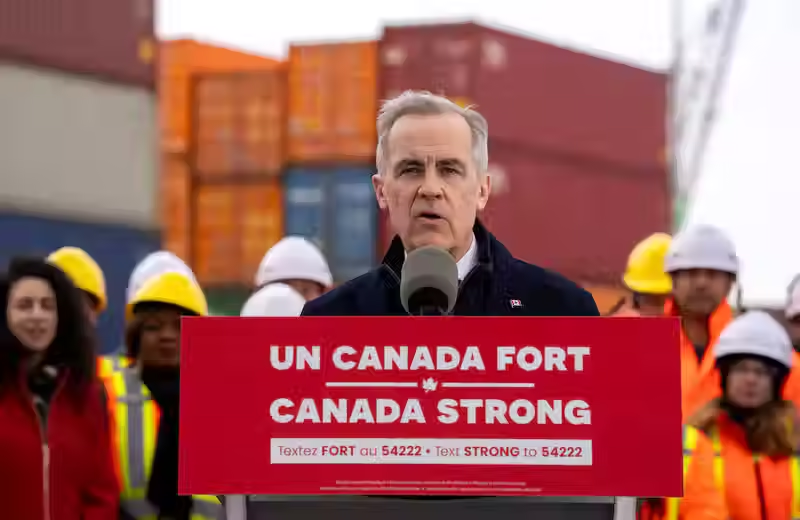Offshore Wind News in Nova Scotia
- Heidi Leslie

- Jul 31
- 2 min read
There was a big announcement in Nova Scotia this week: four offshore wind energy areas have been officially designated. It’s a clear signal that the province wants to attract serious investment in offshore wind.
But this is where ambition meets complexity:
✅ Nova Scotia has world-class wind resources.
✅ Offshore wind has huge potential.
⏳ Likely 10+ years to develop.
💰Using U.S. East Coast examples, we’re looking at billions in investment per GW, and multi-year permitting, planning and construction processes.
Recent offshore wind contracts in New York came in at around $150 USD/MWh, or about $0.20 CAD/kWh. That’s nearly equivalent to Nova Scotia's residential electricity rates, which include generation plus transmission and distribution.
In other words: just the generation cost of offshore wind in NY is approaching what NS households currently pay all-in. Early offshore wind projects in Atlantic Canada are likely to be similarly (or more) expensive until the supply chain matures and economies of scale kick in.
The province has set a target to license 5 GW by 2030. That’s a good start. But licensing is not building. To get steel in the water, we need two things first:
1. Transmission pathways to get the power to market.
2. Commercial agreements that make the economics work for developers.
Offshore wind isn’t plug-and-play. Developers need clarity on who will buy the power, how it will get delivered, and what policy support is in place. Without that, the designated zones are just lines on a map.
That said, this announcement matters. It gives developers, the province, utilities and the Federal government time to do the legwork: regulatory prep, environmental review, Indigenous engagement, fisheries planning, grid planning, supply chain development, etc. If we do that well, Nova Scotia can be ready to compete when offshore wind economics and market needs align.
This all takes time, but that’s how all large energy infrastructure projects work.



